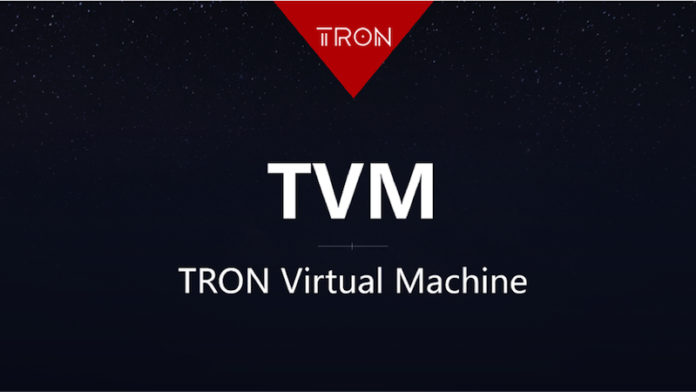The blockchain technology has gone through the 1.0 era marked by Bitcoin and the 2.0 era represented by Ethereum. Now the industry has entered the 3.0 era featuring a large number of DApp application. As the defects of the Ethereum Virtual Machine (EVM) start to reveal themselves, Qtum Blockchain, TRON, EOS and other public chain projects are competing in Virtual Machine (VM) development, aiming to dominate the future of DApp application.
What is a VM? It is like the WeChat public account editor. If you would like to edit an article, check its format, layout or presentation, you can put the article in the editor and preview the page. A VM plays a similar role as the WeChat public account editor: it is a stable and reliable environment for blockchain applications to operate, thus providing important technical support for blockchain.
The changing role of VMs
As the blockchain technology evolves, the role of VMs in the industry has also undergone tremendous changes. In the 1.0 era, the blockchain technology served mainly as the underlying technology of Bitcoin, providing technical support for Bitcoin transactions.
In the 2.0 era, Ethereum successfully developed smart contracts and the Turing complete EVM. As a result, a large number of projects issued their tokens based on the Ethereum smart contracts; blockchain projects witnessed exponential growth in 2017; and EVM-based DApps also started to emerge.
In the 3.0 era, a great deal of DApps are emerging, demanding substantial DApp testings to be carried out on VMs. Therefore, VM development has become the competitive arena of many public chain projects. The completeness of VM’s performance will directly affect whether the DApps can be applied quickly and efficiently, thus also affecting the number of users on each public chain.
TVM: an optimization of EVM
The EVM has many defects in design and implementation, while the TVM, which is compatible with the EVM, rectified the defects.
In the first half of 2018, TRON developed the TVM and introduced the concept of bandwidth. Different from the gas consumption mode in Ethereum, TRON realizes transfers and smart contract operations for free. Since there is no token consumption, the achievable computing capacity of the TVM is not limited by the total number of tokens.
The TVM is perfectly compatible with the existing developer’s ecosystem, and is able to meet the needs of the DPOS consensus mechanism. The TVM is compatible with the EVM’s environment, which means developers can use Solidity to develop, debug, and compile smart contracts in a familiar Remix environment without learning new programming language. When a TRON smart contract is done written, it is uploaded to the TRON MainNet and executed in the TVM located at the Super Representatives’ nodes, which isolates the smart contract from the external environment.
The TVM official version to be launched on August 30 will be even more powerful. This version will come with improved accessibility and security, to fully support the efficient and secure development of smart contracts. The compilation and instruction set will also be further optimized. In addition, the entire TVM ecosystem, including development tools, developer team building, and game engine building, will be more comprehensive, eventually realizing higher performance, simpler operation and a more robust ecosystem.
TRON will speed up TVM upgrades
Currently, the blockchain technology is mainly used in cryptocurrency transactions. With its rapid development, the blockchain technology will be applied in more diverse scenarios. To meet such demand, TRON will continue to improve the processing speed of the TVM and accelerate its upgrades.
The rapid development of the VM technology manifests the development of the whole blockchain industry. With more and more smart contract developers using the TVM, the TRON ecosystem will be stronger and more capable of accelerating the application of the blockchain technology.




